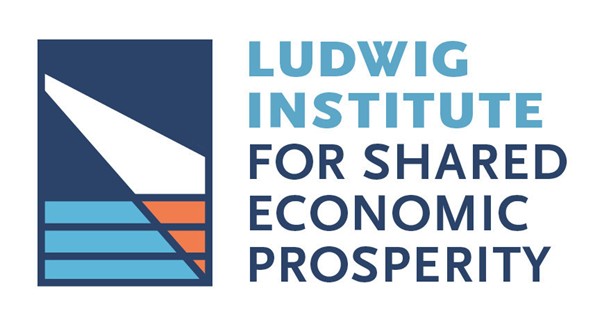
Study Shows Informal Economy Fails to Lift Most Low-Wage Workers Out of Poverty
New analysis finds “off-the-books” income offers minimal relief for struggling Americans
The United States’ informal economy—long viewed as a financial safety valve for low-income workers—is proving far less effective at helping households escape poverty conditions, according to new research from the Ludwig Institute for Shared Economic Prosperity (LISEP).
Low-Wage Workers
While nearly 670,000 Americans participate in informal or “off-the-books” work on any given day, the latest data show that the additional income has only a marginal impact on overall economic well-being and employment stability. LISEP’s findings challenge the widespread perception that side hustles and unreported earnings meaningfully improve household finances for those who are already struggling.
The report uses LISEP’s True Rate of Unemployment Out of the Population (TRU OOP), a functional unemployment metric capturing everyone aged 16 and older who is jobless, involuntarily working part-time, or earning wages that fall below the poverty line. The study assessed whether including informal earnings in 2024 measurements would significantly improve this picture. The answer: only slightly. Incorporating off-the-books income would have reduced functional unemployment by just 0.9 percentage points.
Even though the number of informal workers has dropped sharply—down to an average of 668,000 per day in 2024 from 960,000 over the previous three years—the impact on functional employment remains limited. LISEP points to a shift in the makeup of the informal workforce: compared with past years, more people with formal jobs are now turning to under-the-radar work to cover basic expenses, reinforcing the ongoing strain on middle- and lower-income households.
“Most workers turn to the informal economy out of necessity, not entrepreneurial ambition,” said Gene Ludwig, LISEP Chair. “They are trying to close financial gaps when full-time work does not pay enough to provide stability. But this type of employment rarely delivers a path out of poverty. It’s the difference between drowning in 15 feet of water instead of 20.”
The study highlights clear demographic skews within the informal workforce. Women, younger adults aged 18 to 24, and those working part-time due to economic pressures are disproportionately represented—groups already facing higher rates of instability and lower earnings in the formal labor market. On average over the past three years, 46 out of every 1,000 women reported informal work, nearly double the rate for men.
The report also calls attention to a broader myth: that extra income earned outside traditional payroll structures offers a reliable buffer against escalating living costs. LISEP argues that the persistent reliance on informal income reflects deeper structural issues in the U.S. job market, where millions are employed but still unable to secure a standard of living that covers essential needs.
“What Americans truly need is access to well-paid, stable employment—not a patchwork of side gigs that delay financial hardship but never eliminate it,” Ludwig said.
The latest analysis builds on LISEP’s ongoing research into functional unemployment. In 2023, the organization released The Hidden Workforce: The Impact of the Informal Economy on Functional Employment, which underscored the challenges facing the millions who remain technically employed but economically insecure. LISEP’s monthly TRU report continues to track these realities and provide policymakers with a more accurate lens into labor-market pressures.
The Ludwig Institute for Shared Economic Prosperity, founded in 2019, is dedicated to improving the financial health of America’s middle- and lower-income households through new economic indicators, research, and public education.






